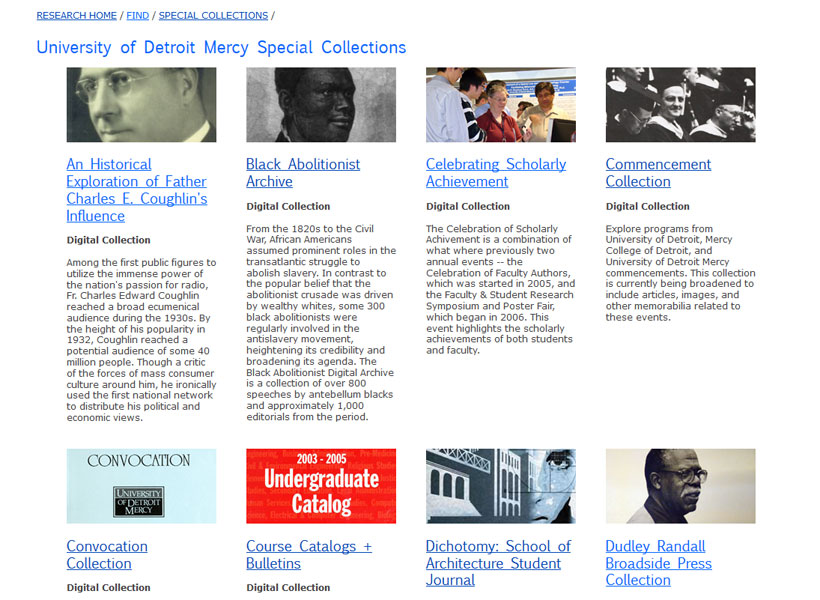The Digital Archive
Digital archives are a valuable resource. Once online, digitized items are more accessible to researchers than non-digitized materials. Digitizing makes documents and images available to users from any computer with an Internet connection. This helps reduce or eliminate the need to travel and/or spend time pouring through hard copy originals.
And making digitized materials available online helps reduce handling and potential damage to valuable and sometimes fragile original items, which helps protect their longevity and historical value.
So, what does it take to make a digital archive? It’s not just a collection of scanned images. There’s a lot of time, space, thought, and organization that goes into creating and maintaining an archived digital collection. Mostly, though, it takes dedication and a desire to preserve the value of the transitory things in this world. Paper doesn’t survive long; photographs dim and disappear over the years. Even objects like clothing, medals, and trophies have a “shelf life” if left sitting on a shelf or closed inside boxes. Things break down over time. What lasts a lifetime is the value we hold for these items, these links to the past, and preserving an image of these items is one sharable way of reconnecting with what has gone before.
These days a lot of historians are realizing that one of the best ways to preserve the ideas, documentation, and treasures of the past is through digitization. And while even those images won’t last forever, UDM is focused on preserving what we can of our past for the benefit of our future. We scan the photograph or document, we title the resulting image to indicate the date and original location (whether it’s a catalog or speech, a yearbook or commencement book), and then add the finished product to a database location maintained within the library. We then make a link to this finished product available on the Digital Special Collections pages of the library’s web site. (The hard copy originals are returned to either our archive room within the library or to their owners.)
UDM’s Libraries and Instructional Design Studio is committed to preserving knowledge and learning, and part of this involves preserving the knowledge of the past through digital capture and storage. And we offer access to this to you, our students and readers everywhere, in an effort to share how we got from then to now. We learn from the past by repeating our successes and avoiding repeating our failures. There is value in this and UDM is there to work to maintain that value by incorporating scanning and archiving technology.

